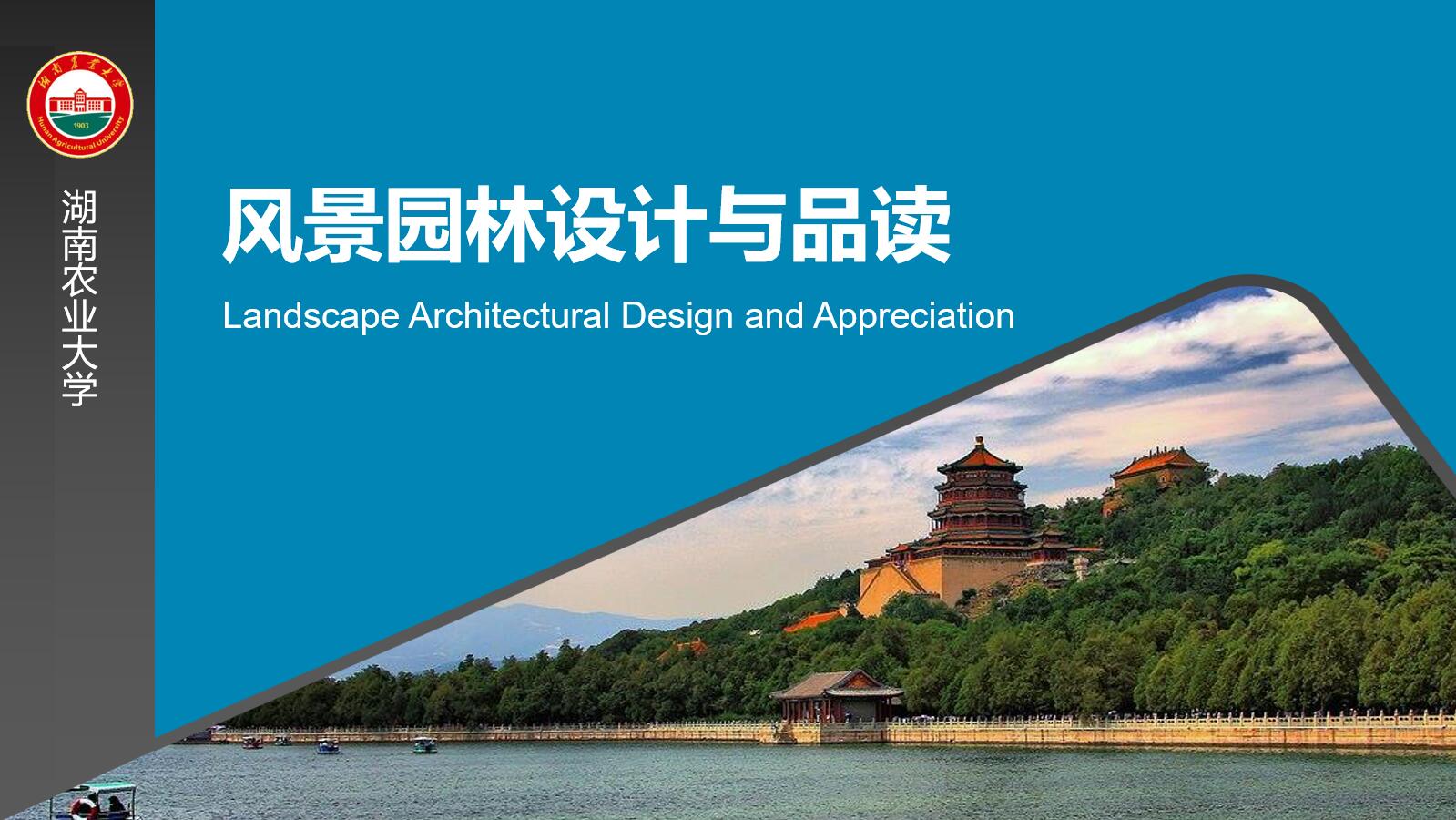
当前课程知识点:国际新闻比较与分析 > 第八章 Global News Flow(全球新闻流) > 8.1 Determinants of Global News Flow(全球新闻流的决定因素) > 8.1 Determinants of Global News Flow
大家好
欢迎回到课堂
在上一章中
我们研究了国际新闻地理
我们所做的主要是
提出问题以引起你注意
并以两次跨国研究为例
向你展示国际新闻地理的格局
在本章中
我们将更深入地研究
这些模式的结构性的决定因素
为此 我们将引入一个新概念
即全球新闻流
并讨论理解它的各种方式
我们将介绍决定性要素的过滤条件
世界体系理论
帝国主义理论和依附理论
在本章末尾
我们将讨论走向一个
更公正 更平衡的世界信息和通信秩序发展的可能性
今天这讲是关于全球新闻流的概念
及其总体决定因素
全球新闻流也可以称为
国际新闻流
这是一个研究领域
涉及国外事件的新闻报道
特别是 它试图解释
一个国家的新闻流向
并理解为什么某些国家
比其他国家更具新闻价值
它使用一个隐喻性术语“流”
表明它假设存在一些
不可抗拒的“法则”
来支配国际新闻的格局
找到这些“法则”需要我们
深入了解背后的情况
构成这些“法则”的结构性和系统性的因素
多年来 我们发现
国际新闻的结构不平衡
正如我们在上一章中讨论的那样
它以两种常规模式显示
以字母I开头的两个词
不平衡和不平等
一方面
新闻和信息通常从
地位高的国家流向地位低的国家
另一方面
强国通常比弱国更为突出
在世界新闻报道中
对于世界上国家这种不平衡和不平等的呈现
事实上在
许多学术文献都证实了
但是问题是
为何如此 以及什么决定着全球新闻流
通常 学者们一直
从三个方向探索决定要素
首先 民族特征
一个国家拥有多少权力
实力较强的国家可能会
吸引更多的国际新闻流
实力不仅包括政治和经济实力
还包括“软实力”
正如哈佛大学教授约瑟夫·奈所说的那样
例如文化 价值观和政策的吸引力
此外 地理区域 人口
主权国家的存在期限等
也增强了一个国家的力量
第二 事件和事件的性质
灾难和战争更有可能被报道
然而无冲突的日常事件
常常被忽略
根据新闻价值的传统观点
第三 相关性 地理或文化上的接近性
以及报道和被报道国家之间的经济和政治联系
以及报道和被报道国家之间的经济和政治联系
此因素的指标包括
共同语言
移民和通婚的数量
国家之间的(人口)流动
历史关系
比如母国的殖民地地位
国际贸易 商业投资
和外援金额等
这些因素形成了影响全球新闻流的过滤层次结构
为了向你展示这些过滤器的工作原理
我自由地绘制了一个图形
来帮助解释这些因素
按照Chang(1998)的例子
该模型概述了国际新闻流和报道的过程和结果
该模型概述了国际新闻流和报道的过程和结果
在模型中 有三个用于过滤的决定要素
首先是一个国家的民族特征
如果某个事件来自地位很高的国家/地区
则该事件很可能流向其他国家/地区
并作为新闻来报道
因为作为地位较高的国家
借助其政治 经济和文化力量
有更多机会和设施
将报道传播到其他国家
因此 它更有可能被新闻媒体报道
但是 如果某个事件来自地位较低 的国家
它必须进行更多的筛选
至少要通过两层筛选
事件的性质以及
报道国家与被报道国家之间的关联性
如果该事件的新闻价值较差
根据传统的新闻价值观点
例如它不涉及
战争 灾难 危机 或其他形式的冲突
其他国家媒体的流动和报道的可能性不大
如果新闻价值很高
那么流向和报道的可能性
取决于第三个过滤条件
即原产国与报道国之间的关联性
如果两国高度相关
则新闻流和报道可能会出现
如果相关性较低
则新闻不太可能传播
或者新闻可能会传播 但取决于突发事件
好的
这些是国际新闻流的一般决定因素
以及过滤器的工作方式
你可以尝试考虑
每天阅读或浏览的国际新闻
被报道的原因以及会通过哪些过滤器
也考虑一下你没看到的新闻
以及为什么它没有被报道
以此图为指导
希望你能理解
新闻报道的流动或不流动
今天课程到这里就结束了
再见
下次见
-导论 Test
-1.1 Definition of News (新闻的定义)
--1.1 Test
-1.2 General News Values: Timeliness, Impact, Prominence, Proximity (新闻的及时性、影响力、显著性与接近性)
--1.2 General News Values: Timeliness, Impact, Prominence, Proximity
--1.2 General News Values: Timeliness, Impact, Prominence, Proximity
--1.2 Test
-1.3 General News Values: Conflict, Deviance, Currency, Necessity (新闻的冲突性、异常性、话题性与实用性性)
--1.3 General News Values: Conflict, Deviance, Currency, Necessity
--1.3 General News Values: Conflict, Deviance, Currency, Necessity
--1.3 Test
-1.4 Structure and Value of International News (国际新闻的结构与价值)
--1.4 Structure and Value of International News
--1.4 Structure and Value of International News
--1.4 Test
-2.1 Hierarchy of Influences on News (新闻的影响层级)
--2.1 Hierarchy of Influences on News
--2.1 Hierarchy of Influences on News
--2.1 Test
-2.2 Gatekeeping and Personal Influences (新闻把关人与记者个人影响)
--2.2 Gatekeeping and Personal Influences
--2.2 Gatekeeping and Personal Influences
--2.2 Test
-2.3 Media Routines and Organizational Influences (新闻常规与组织影响)
--2.3 Media Routines and Organizational Influences
--2.3 Media Routines and Organizational Influences
--2.3 Test
-2.4 Extra-Media Forces and Ideology (意识形态与组织外影响)
--2.4 Extra-Media Forces and Ideology
--2.4 Extra-Media Forces and Ideology
--2.4 Test
-3.1 Authoritarian and Libertarian Theories of the Press (媒体的威权主义与自由主义理论)
--3.1 Authoritarian and Libertarian Theories of the Press
--3.1 Authoritarian and Libertarian Theories of the Press
--3.1 Test
-3.2 Social Responsibility and Communist Theories of the Press(社会责任与共产主义理论)
--3.2 Social Responsibility and Communist Theories of the Press
--3.2 Social Responsibility and Communist Theories of the Press
--3.2 Test
-3.3 Comparing Media Systems in the West: Three Models (比较媒介体系的三种模式)
--3.3 Comparing Media Systems in the West: Three Models
--3.3 Comparing Media Systems in the West: Three Models
--3.3 Test
-3.4 Comparing Media Systems in the West: Four Dimensions(比较媒介体系的四个维度)
--3.4 Comparing Media Systems in the West: Four Dimensions
--3.4 Comparing Media Systems in the West: Four Dimensions
--3.4 Test
-4.1 State-Owned Media (国有媒体所有制)
--4.1 Test
-4.2. Public-Owned Media (公共媒体所有制)
--4.2 Test
-4.3. Private-Owned Media (私人媒体所有制)
--4.3 Test
-4.4. Concentration of Media Ownership (媒体所有权集中化)
--4.4 Concentration of Media Ownership
--4.4 Concentration of Media Ownership
--4.4 Test
-5.1 Evolution of Foreign Correspondence(驻外报道的历史与起源)
--5.1 Evolution of Foreign Correspondence
--5.1 Evolution of Foreign Correspondence
--5.1 Test
-5.2 The Role of Global News Agencies (全球通讯社与驻外报道)
--5.2 The Role of Global News Agencies
--5.2 The Role of Global News Agencies
--5.2 Test
-5.3 Foreign Correspondence Beyond News Agencies (通讯社之外的驻外报道)
--5.3 Foreign Correspondence Beyond News Agencies
--5.3 Foreign Correspondence Beyond News Agencies
--5.3 Test
-5.4 Foreign Correspondence in the New Millennium(新世纪的驻外报道)
--5.4 Foreign Correspondence in the New Millennium
--5.4 Foreign Correspondence in the New Millennium
--5.4 Test
-6.1 Foreign Correspondents in China(外媒驻华报道)
--6.1 Foreign Correspondents in China
--6.1 Foreign Correspondents in China
--6.1 Test
-6.2 International Journalism in Chinese Media (中国媒体国际报道)
--6.2 International Journalism in Chinese Media
--6.2 International Journalism in Chinese Media
--6.2 Test
-6.3 Chinese Correspondents in Foreign Bureaus (中国媒体驻外记者)
--6.3 Chinese Correspondents in Foreign Bureaus
--6.3 Chinese Correspondents in Foreign Bureaus
--6.3 Test
-7.1 Definition of Geography of News (新闻地理的定义)
--7.1 Definition of Geography of News
--7.1 Definition of Geography of News
--7.1 Test
-7.2 Geography of Foreign News on Global TV(全球电视国际报道的新闻地理)
--7.2 Geography of Foreign News on Global TV
--7.2 Geography of Foreign News on Global TV
--7.2 Test
-7.3 Who Is Interested in China (外国公众对中国新闻的兴趣)
--7.3 Who Is Interested in China
--7.3 Who Is Interested in China
--7.3 Test
-8.1 Determinants of Global News Flow(全球新闻流的决定因素)
--8.1 Determinants of Global News Flow
--8.1 Determinants of Global News Flow
--8.1 Test
-8.2 World System Theory and Global News Flow(世界系统理论与国际新闻流)
--8.2 World System Theory and Global News Flow
--8.2 World System Theory and Global News Flow
--8.2 Test
-8.3 Towards a New World Information and Communication Order(通往新信息传播秩序之路)
--8.3 Towards a New World Information and Communication Order
--8.3 Towards a New World Information and Communication Order
--8.3 Test


